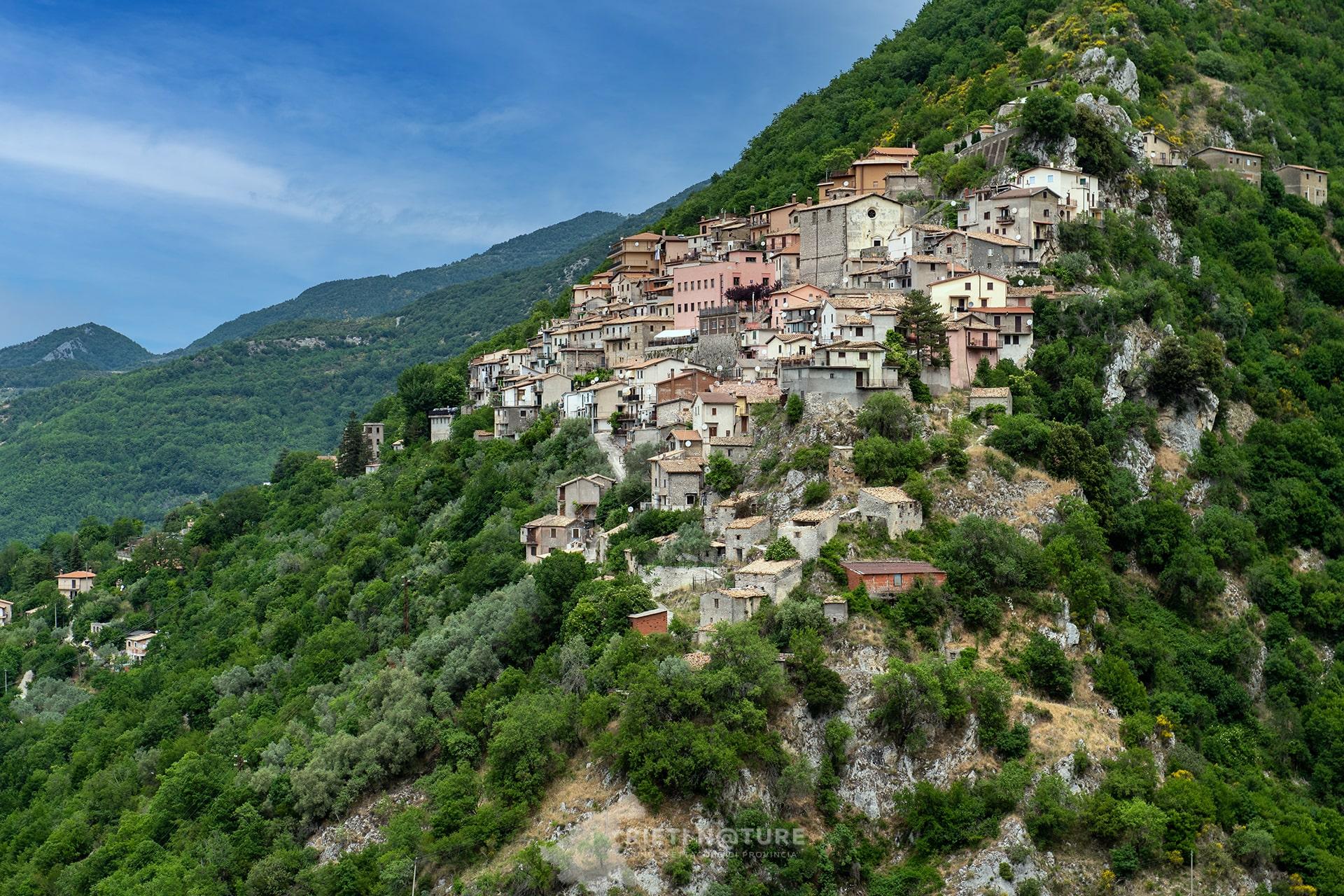
Ascrea
Ascrea was a fief of the Mareri Family and represented a land of transit, connecting the Rieti countryside to the Kingdom of Naples. Once famous for being the theatre of the phenomenon of banditry, today it offers the numerous tourists one of the most breathtaking views over the Turano Valley
Population
256
Area
14,4 km²
Altitude
318 m
Where is it?
Ascrea is an agricultural center of Sabina, in the middle valley of the Turano, located in a dominant position on a rocky spur, 757 meters above sea level, on the slopes of Mount Navegna. Its 250 inhabitants live in almost 14 square kilometers of the municipal area.
What to see?
Ascrea is an important summer tourist center whose main monument is the Parish Church of St. Nicholas, a 15th-century building renovated by the will of the Mareri Family. Inside, the church houses two remarkable paintings depicting Our Lady of the Rosary and Saint Nicholas. Another great tourist attraction is represente by the excursion to Navegna Mountain through a path presenting some difficulty, but practicable by almost everyone with a little attention. Thanks to this experience visitors will admire the valleys of the two basins of Salto and Turano, the surrounding mountain groups, gazing over Monte Faito, the Monti Lucretili, Terminillo, the Cicolano Mountains, Gran Sasso, Duchessa and the Velino-Sirente group. On particularly clear days on the horizon, tourists can see Rome and the dome of St. Peter. The tour, starting from the last bend of the provincial road before the small square of Ascrea at 680 m. and ending on the top at 1.508 m., can be covered in 5-6 hours and is about 10 km long. It starts. Climbing up a stepped path and then on an uneven ground you will reach, in less than 1 km., a path that winds horizontally towards Castel di Tora, following the perimeter of Lake Turano. Another interesting attraction is the excursion to Monte Cervia, reachable from the village of Collegiove, through a path winding on the ridge overlooking the Turano valley, from which it is possible to adnmire the nearby group of the Simbruini Mountains. An easier excursion leads to the ruins of Mirandella; starting from the locality known as “Acquaviva”, after a 45 minutes-walk, you will admire the old settlement of Ascrea, still perched on the side of Monte Filone, overlooking the Turano valley. Don’t forget to visit the small hamlet of Stipes and its Parish Church of St. John the Baptist, completely rebuilt during the 19th century.
























